Limbo Accra from Ghana is a spatial design studio with a context-specific twist
Limbo Accra from Ghana is part of our series of profiles of architects, spatial designers and builders shaping West Africa's architectural future
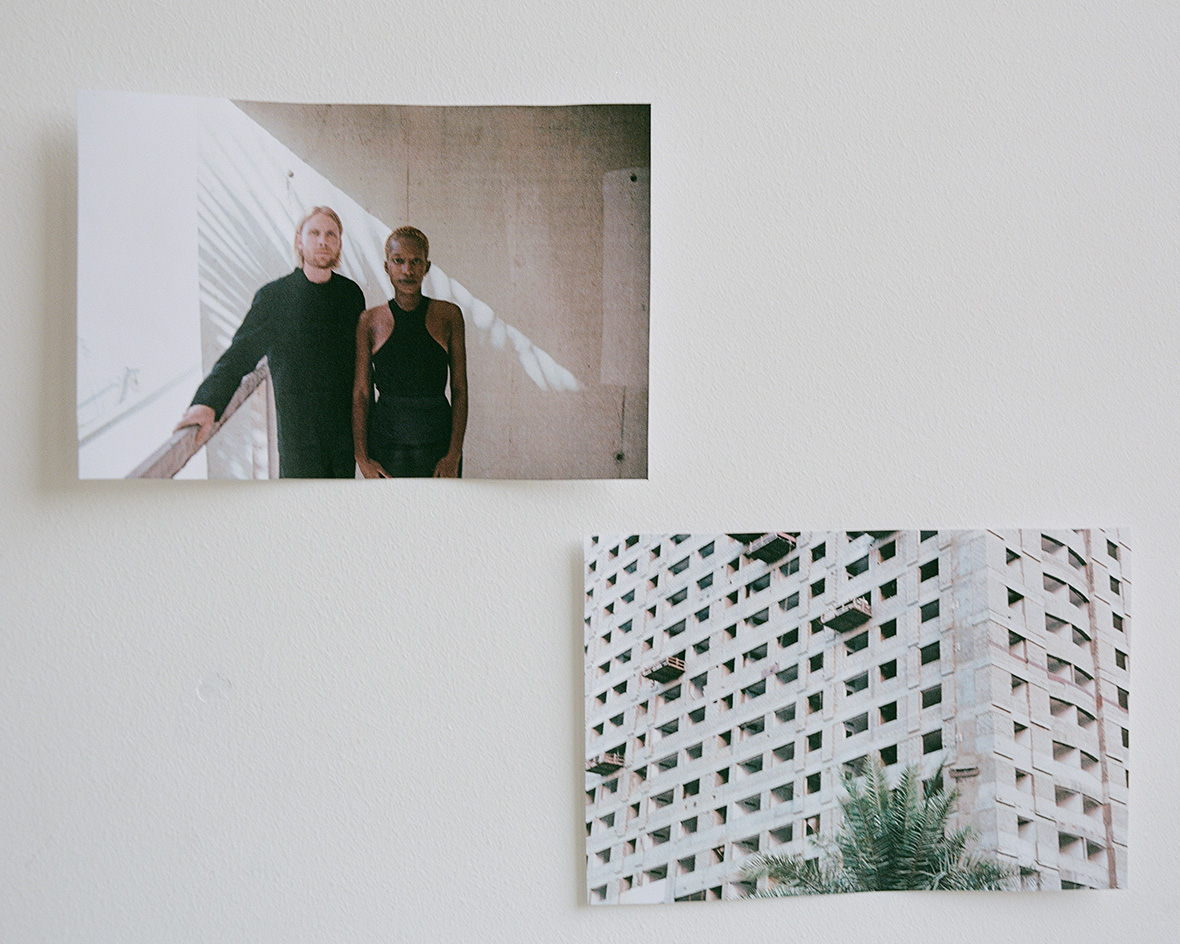
Limbo Accra from Ghana is more of a spatial design studio than an architecture firm – a practice that defies categorisation. Set up in Accra, Ghana, in 2018 by Dominique Petit-Frère and Emil Grip, it was born out of an urge to respond to the large number of uncompleted building projects scattered throughout the city. ‘The studio name Limbo is a nod to and take on the very premise of these structures that await modern futures while fossilised with fragments of the past. Since they were never completed, the future and purpose are therefore unsure, to which we can only question: what is their purpose altogether then?’ the founders say.
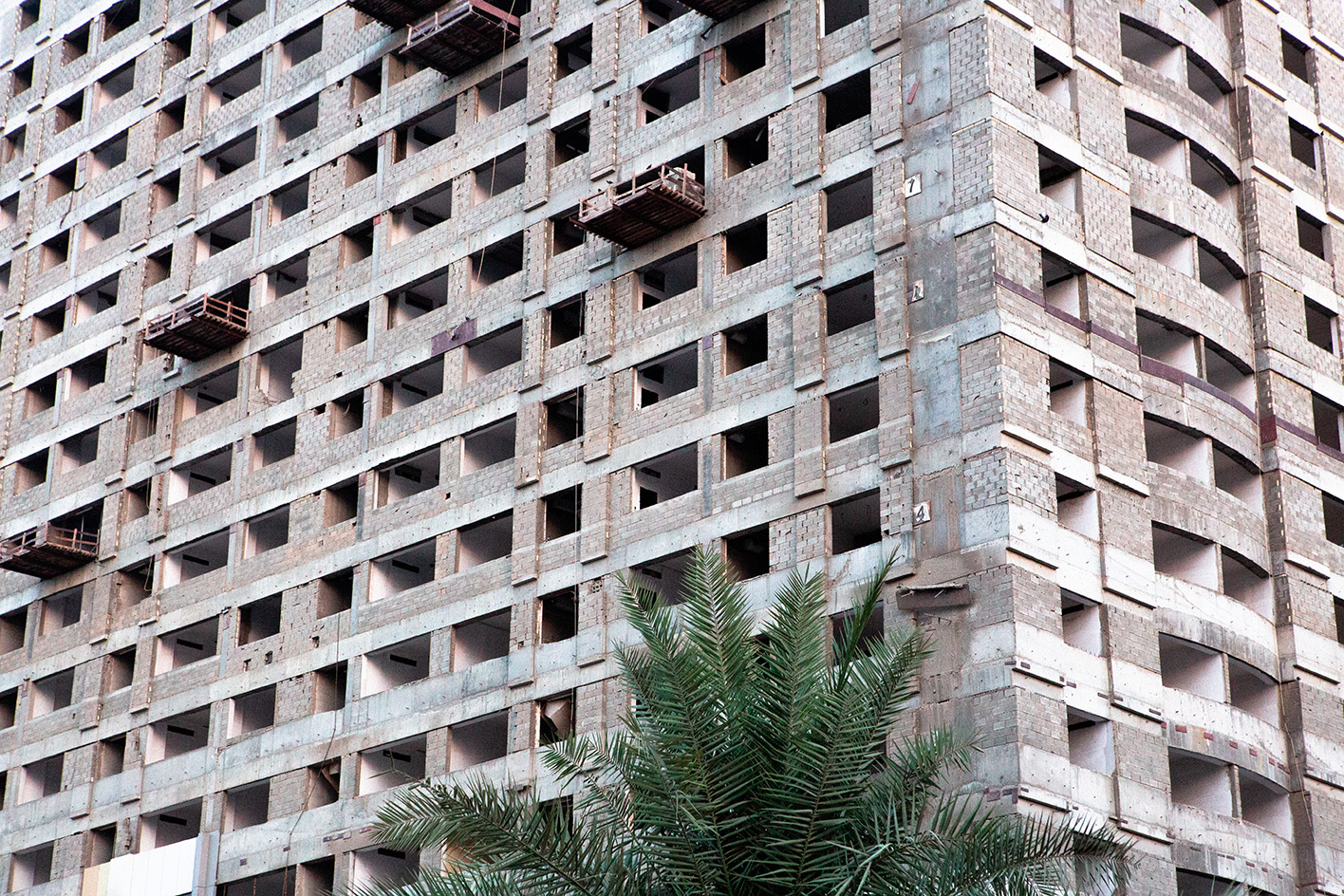
Photographic work by Limbo Accra
West African studios: Limbo Accra from Ghana
While Petit-Frère and Grip are not registered architects (they have backgrounds in education and international relations), they work with designers and architects and have a strong spatial understanding of the world, using buildings and commenting on architecture in projects that range from exhibitions to public installations and architectural projects.
Limbo Accra’s output spans countries and continents, and is composed through collaborations with architects in Accra, Copenhagen, London, Abidjan, Bombay and beyond (For Wallpaper* in the past, Limbo Accra developed a profile series, exploring its rich network of collaborators). ‘We see our role as designers operating within the architectural industry but more importantly as cultural entrepreneurs, working with artists, brands, venues, and a wide range of clientele to design conceptually stimulating creations for spaces and projects, aiming to materialise our full experiential potential within Limbo,’ the pair say.
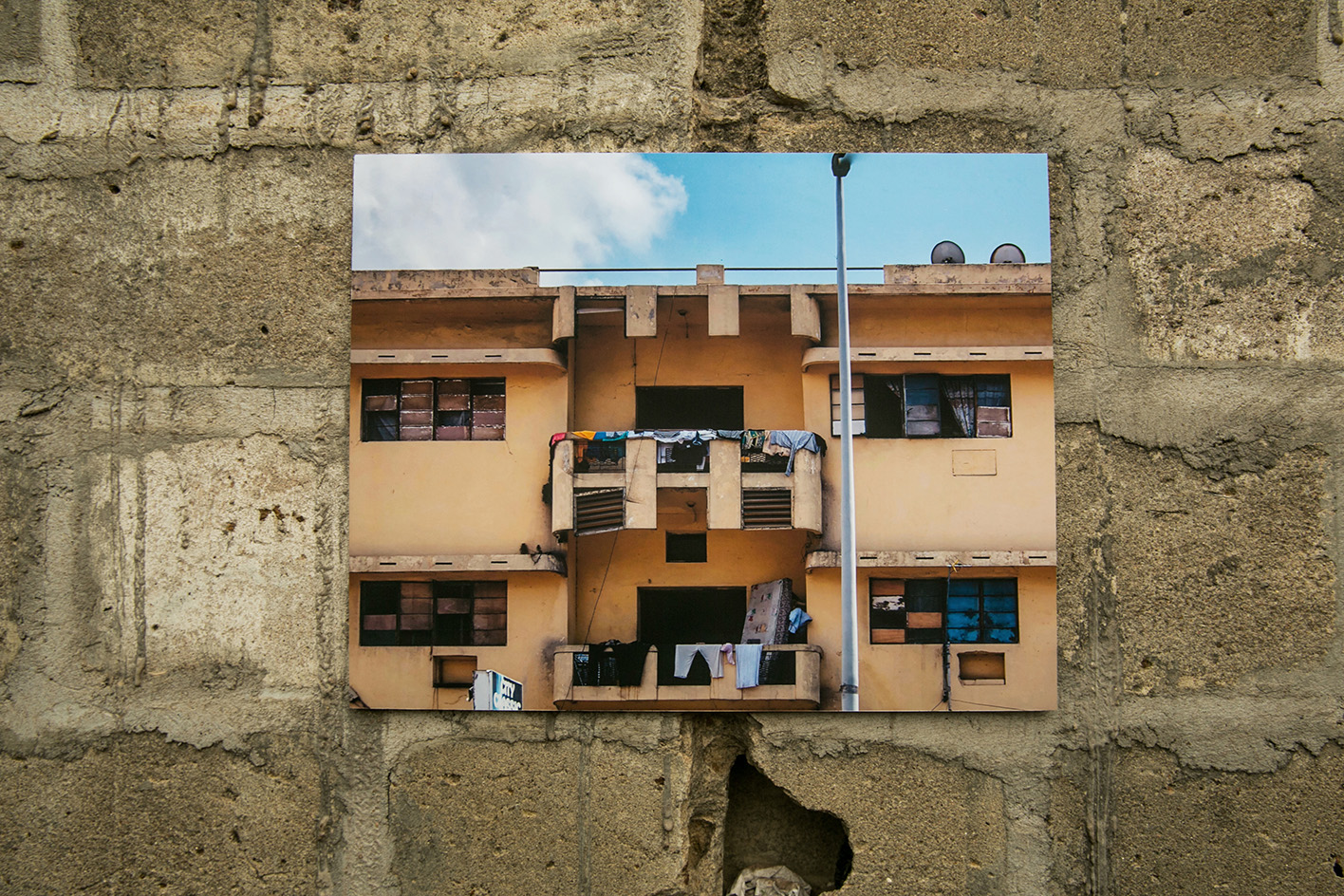
Part of an exhibition by Limbo Accra in Ghana
They describe their work as ‘urban-acupunctural, anti-disciplinary, context specific and future-ready’, which offers a hint at their disruptive and thoughtful processes. These originate from their continent, but are not merely Africa-specific. ‘Through our recent commissions, we are realising that the spatial phenomenon of Limbo is a global reality and that people from around the world can resonate with our approach, vision and framework,’ the pair explain. ‘In a way it seems like Accra and West Africa have been the perfect laboratory for initiating several projects that champion an innovative, affordable, and sustainable vision of the future through architecture.’
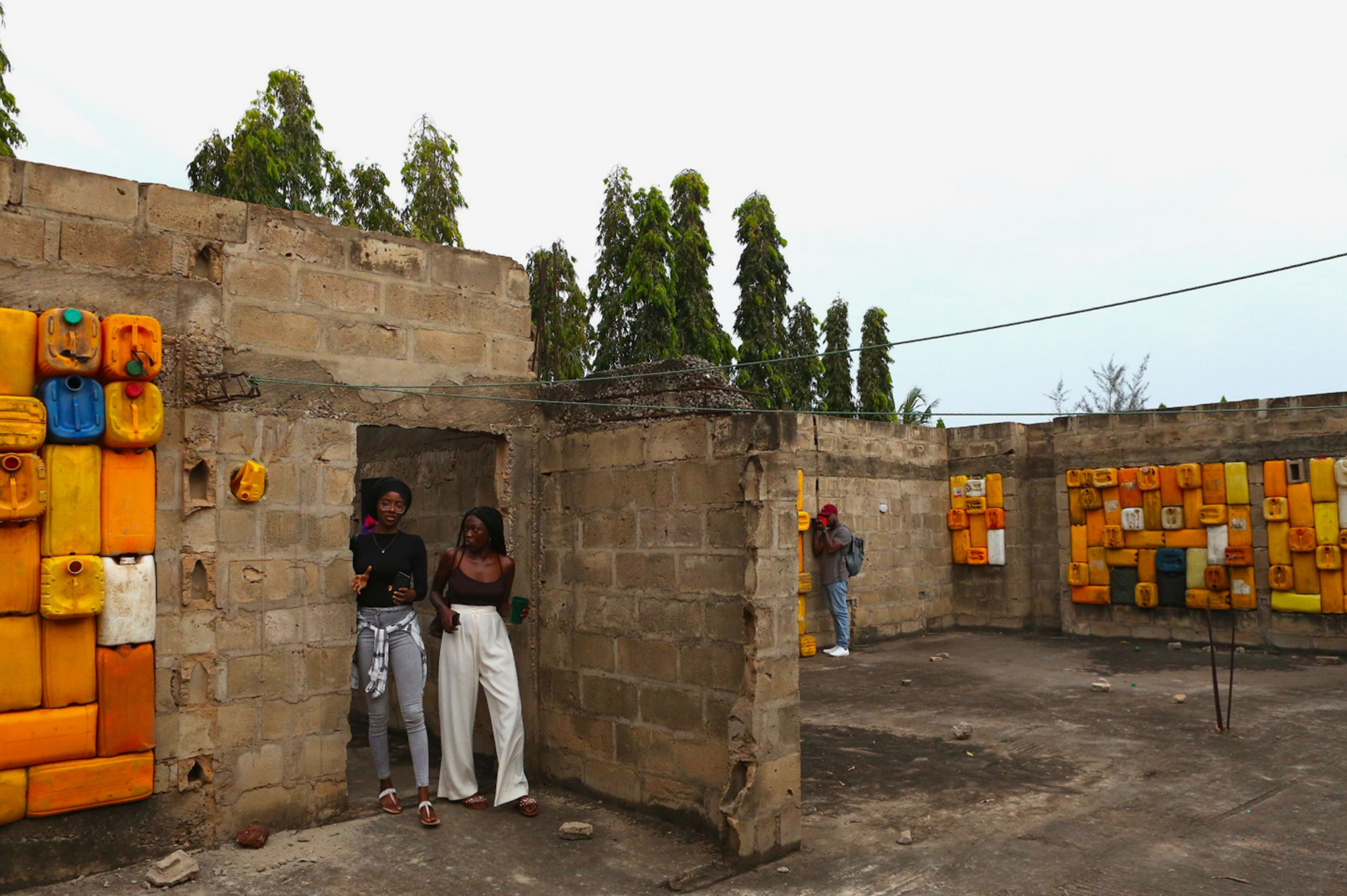
One of Limbo Accra's 'site activation' events in Ghana
‘Adjiringanor: Activation 001’, which was their genesis project, is also the one the studio considers their breakthrough – the 2018 exhibition centred on the ‘narrative functions’ of luxury homes and (sub)urban development in the changing neighbourhood of East Legon, Accra. It allowed them to connect with the built environment industry in a meaningful and critical way. It was followed by many more, including their build of Virgil Abloh’s Freedom Skatepark, which opened in 2021. More recent commissions include a series of pavilion interventions in Sharjah and the Cayman Islands (which will roll out in 2023), and ongoing research to build a digital archive of scanned ‘Limbo’ structures across Africa via the 2021 project ‘Into the Void’.
West African studios: the series
From Senegal to Nigeria, and from Niger to the Ivory Coast, West Africa is vast and brimming with potential. A powerful mix of peoples and cultures, and in some nations, exponential demographic and economic growth, makes this part of the world a locus of change. The result? A dynamic new generation of studios that operate in the architecture realm and push the boundaries of their field to a promising future. Architects, spatial designers and builders converge here to create a unique, rich melting pot of fresh thinking and innovation that will no doubt reshape the way we think about architecture globally.
Receive our daily digest of inspiration, escapism and design stories from around the world direct to your inbox.
A version of this story appears in January 2023 Wallpaper*, The Future Issue, available now in print, on the Wallpaper* app on Apple iOS, and to subscribers of Apple News +. Subscribe to Wallpaper* today
Ellie Stathaki is the Architecture & Environment Director at Wallpaper*. She trained as an architect at the Aristotle University of Thessaloniki in Greece and studied architectural history at the Bartlett in London. Now an established journalist, she has been a member of the Wallpaper* team since 2006, visiting buildings across the globe and interviewing leading architects such as Tadao Ando and Rem Koolhaas. Ellie has also taken part in judging panels, moderated events, curated shows and contributed in books, such as The Contemporary House (Thames & Hudson, 2018), Glenn Sestig Architecture Diary (2020) and House London (2022).
-
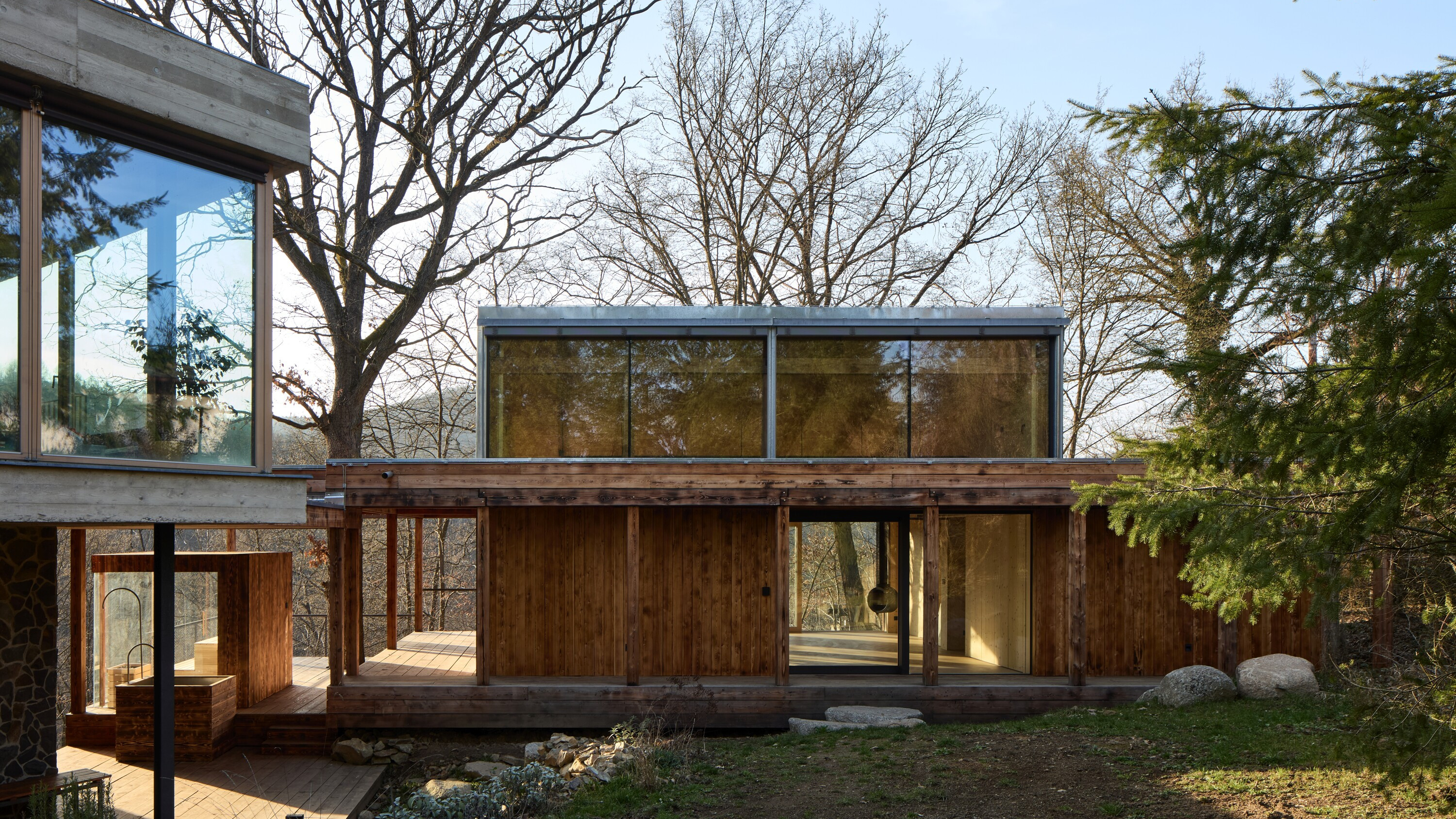 A new timber studio in the Czech Republic is carefully integrated into its hillside site
A new timber studio in the Czech Republic is carefully integrated into its hillside sitePäivä Architekti’s Czech Studio Above the Golden Canyon takes advantage of impressive views
-
 Aussie vibes meet Parisian grandeur? This Sydney apartment pulls off the unlikely combination
Aussie vibes meet Parisian grandeur? This Sydney apartment pulls off the unlikely combinationLongtime clients of Dylan Farrell Design trusted the studio to go bold with the gut renovation of their Sydney flat – now an intriguing study in contrasts
-
 Carlo Ratti reflects on his bold Venice Architecture Biennale as it closes this weekend
Carlo Ratti reflects on his bold Venice Architecture Biennale as it closes this weekendThe Venice Architecture Biennale opens with excitement and fanfare every two years; as the 2025 edition draws to a close, we take stock with its curator Carlo Ratti and ask him, what next?
-
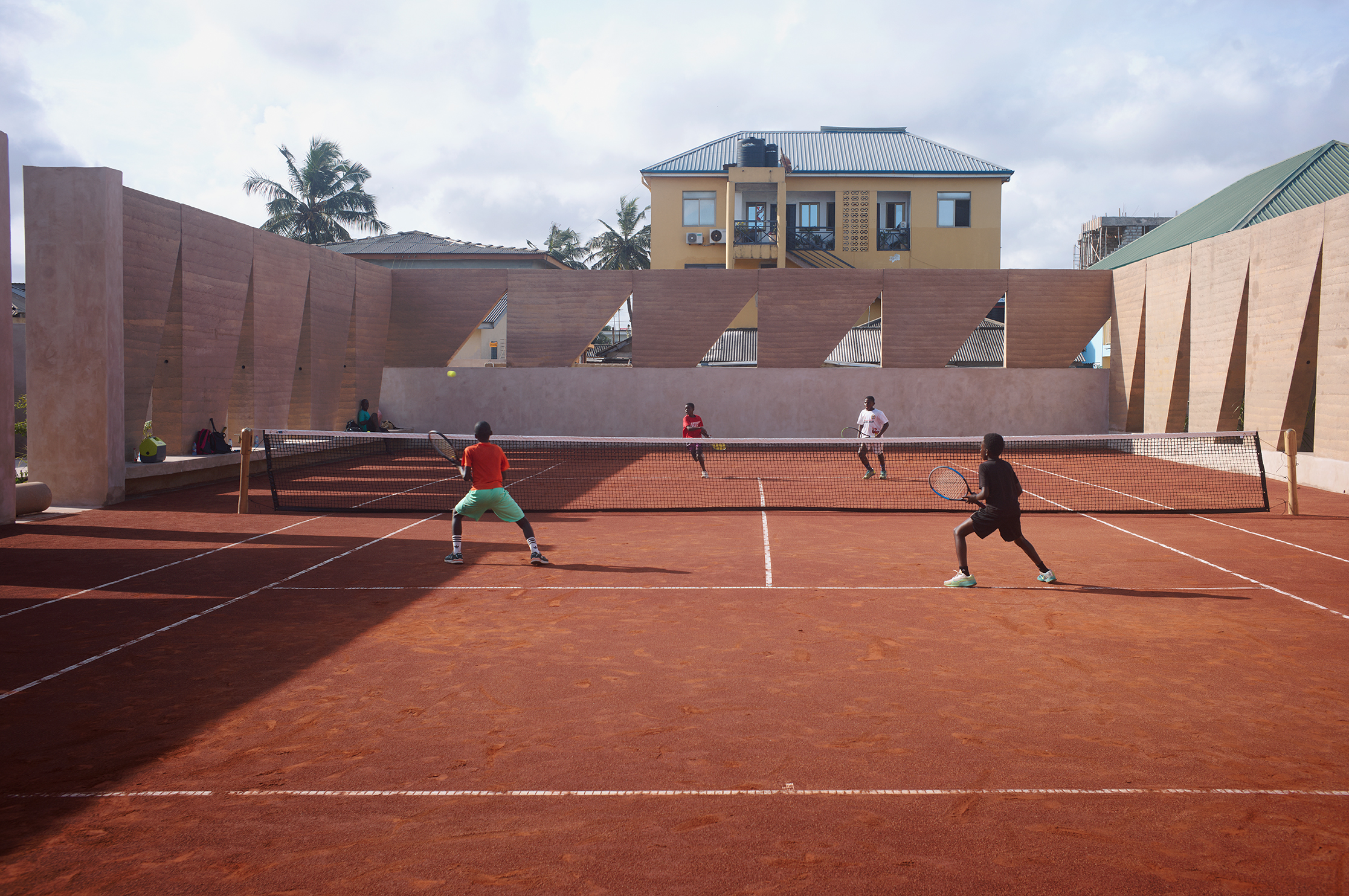 Backyard Community Club is Accra’s newest tennis court, and the architects played an ace
Backyard Community Club is Accra’s newest tennis court, and the architects played an aceCreated by DeRoche Projects, Backyard Community Club is a brand-new tennis court and a valuable, sustainable, public recreational facility in Ghana’s capital
-
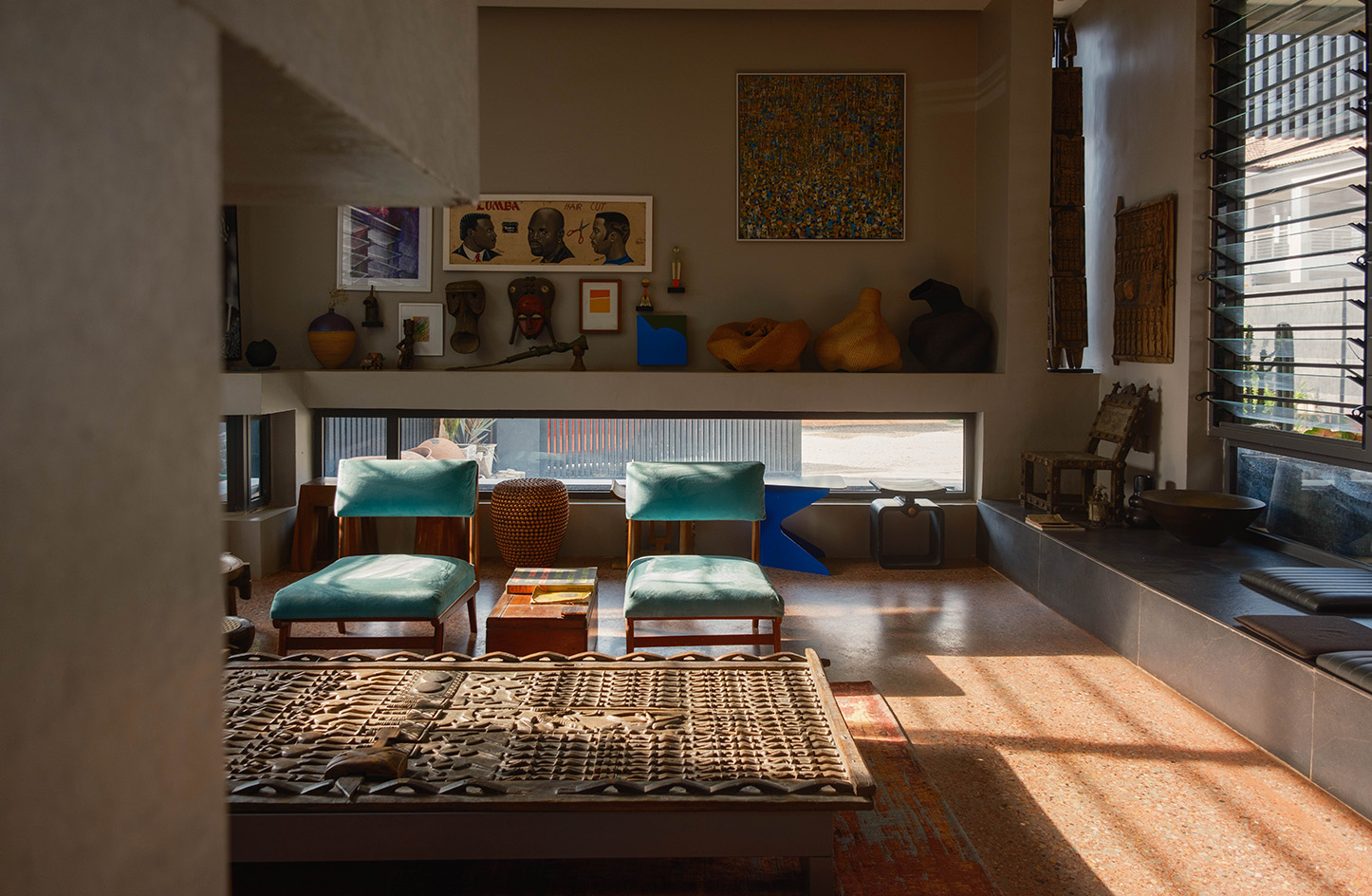 On a tight urban plot in Accra, an architect's striking home
On a tight urban plot in Accra, an architect's striking homeAn architect’s home in Accra, Ghana, packs a punch on a tight urban plot; welcome to Compact House by Alice Asafu-Adjaye
-
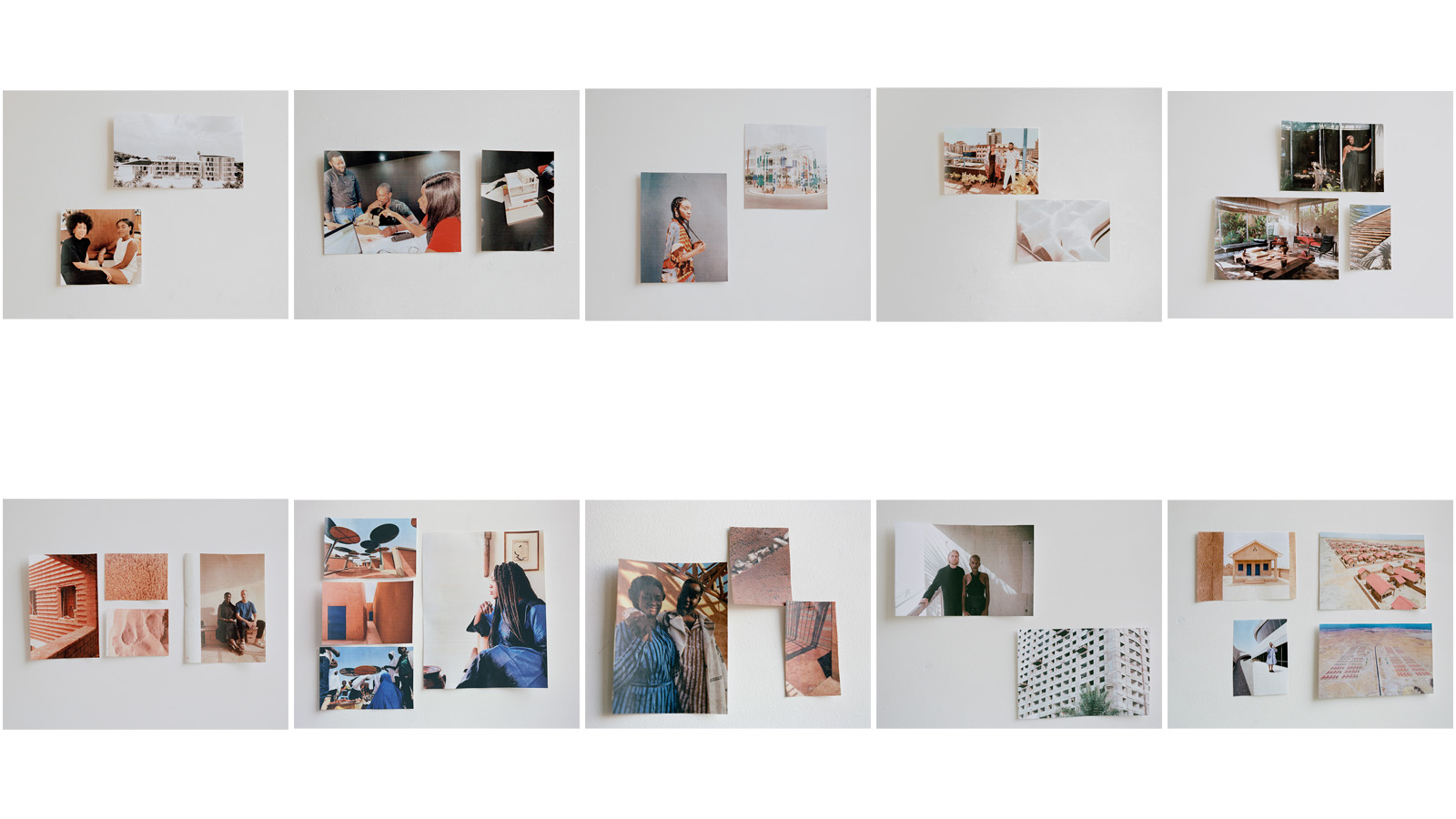 The 10 emerging West African architects changing the world
The 10 emerging West African architects changing the worldWe found the most exciting emerging West African architects and spatial designers; here are the top ten studios from the region revolutionising the spatial design field
-
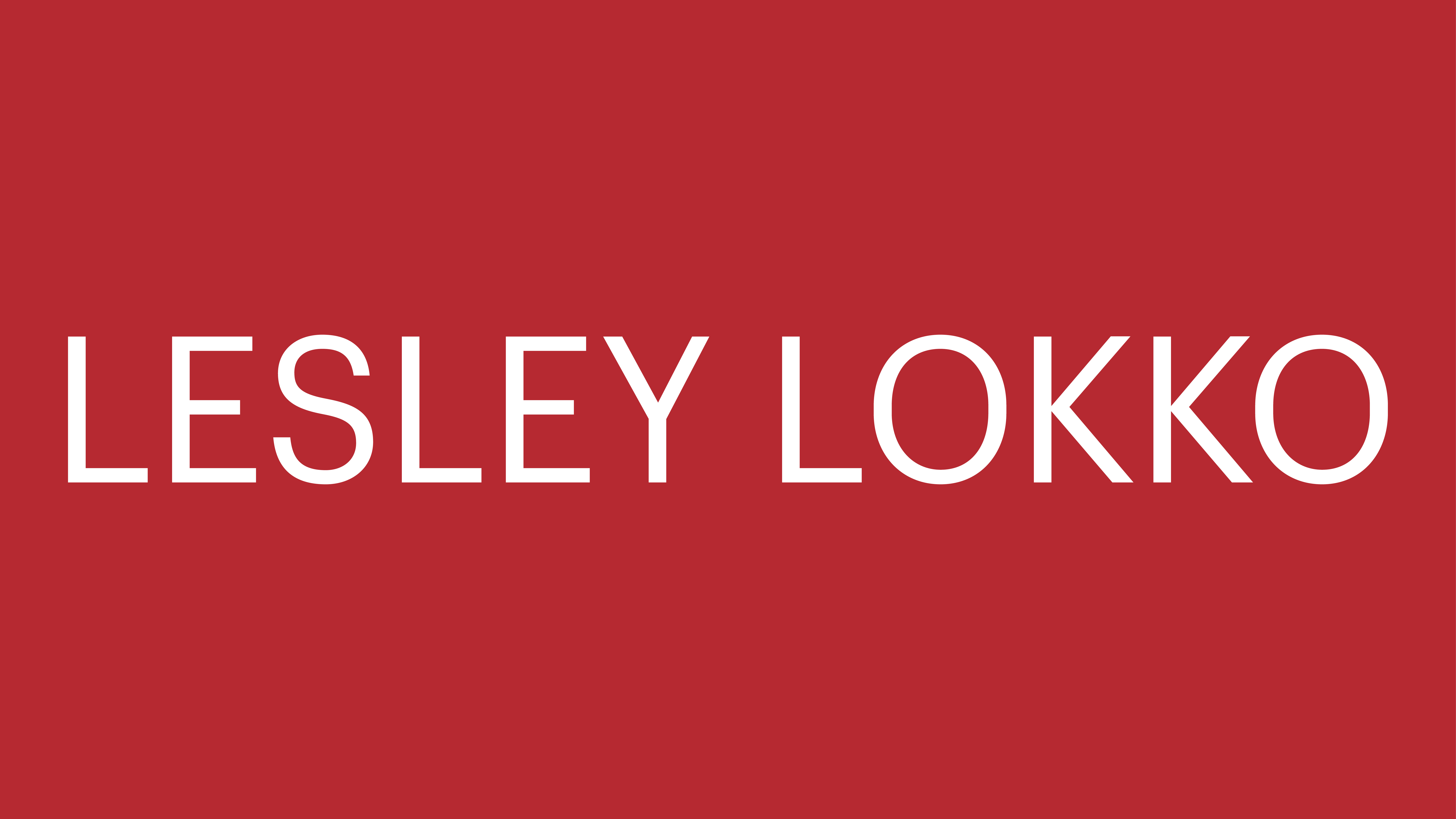 Lesley Lokko reviews 2024's wins, shifts, tensions and opportunities for 2025
Lesley Lokko reviews 2024's wins, shifts, tensions and opportunities for 2025Lesley Lokko, the British-Ghanaian architect, educator, curator, and founder and director of the African Futures Institute (AFI), has been an inspirational presence in architecture in 2024; which makes her perfectly placed to discuss the year, marking the 2025 Wallpaper* Design Awards
-
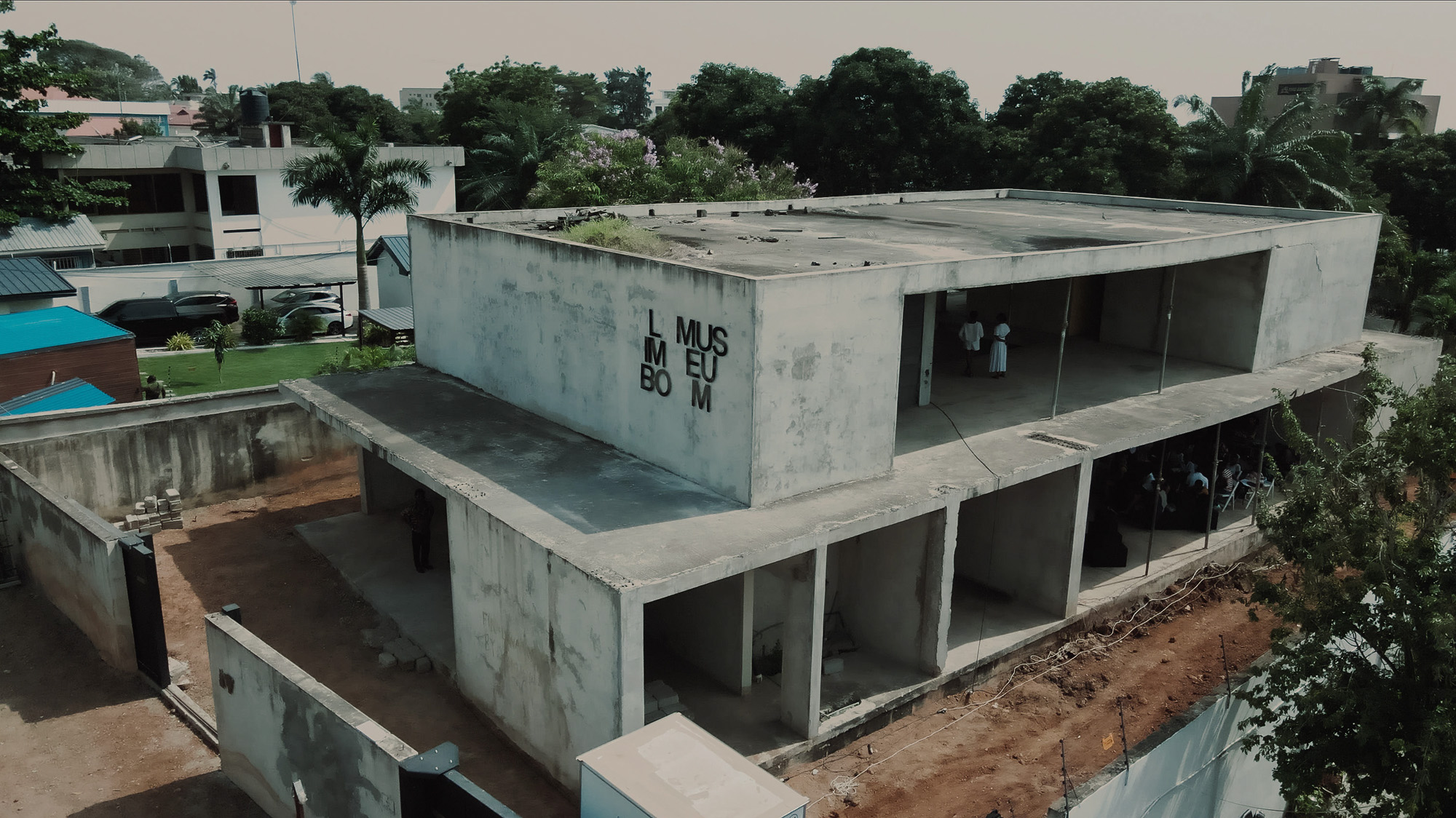 Limbo Museum: celebrating the architectural legacy of ‘unfinished business’
Limbo Museum: celebrating the architectural legacy of ‘unfinished business’We’re won over by Limbo Museum and the work of Limbo Accra, which is bringing new life to abandoned buildings across West Africa, and wins a Wallpaper* Design Award 2025
-
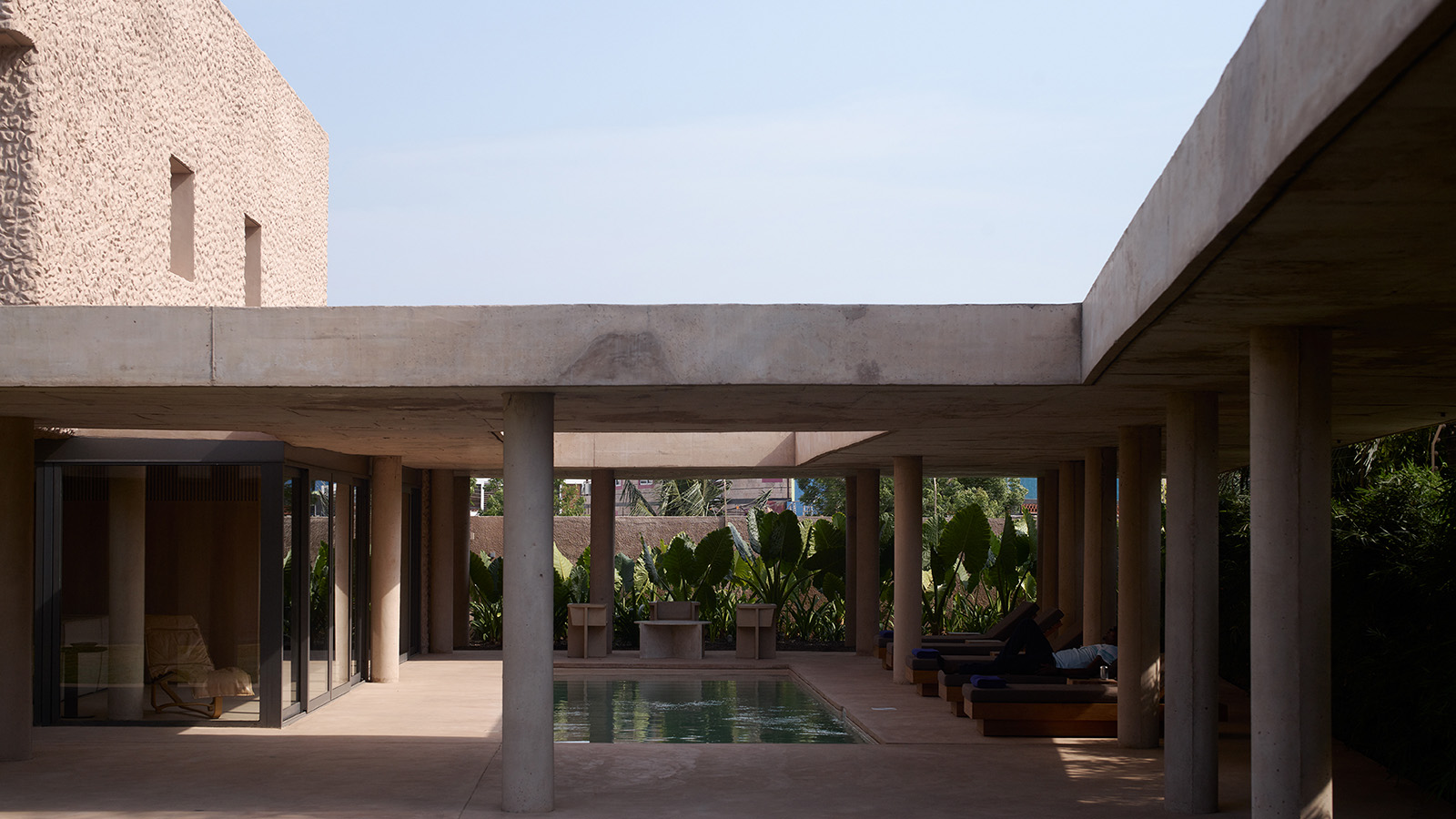 Dot.ateliers | Ogbojo is an 'oasis' for writers and curators in Ghana
Dot.ateliers | Ogbojo is an 'oasis' for writers and curators in GhanaDot.ateliers | Ogbojo in Accra, Ghana was designed by emerging studio DeRoché Strohmayer for artist Amoako Boafo as a writer’s and curator’s residency space for the country's creatives
-
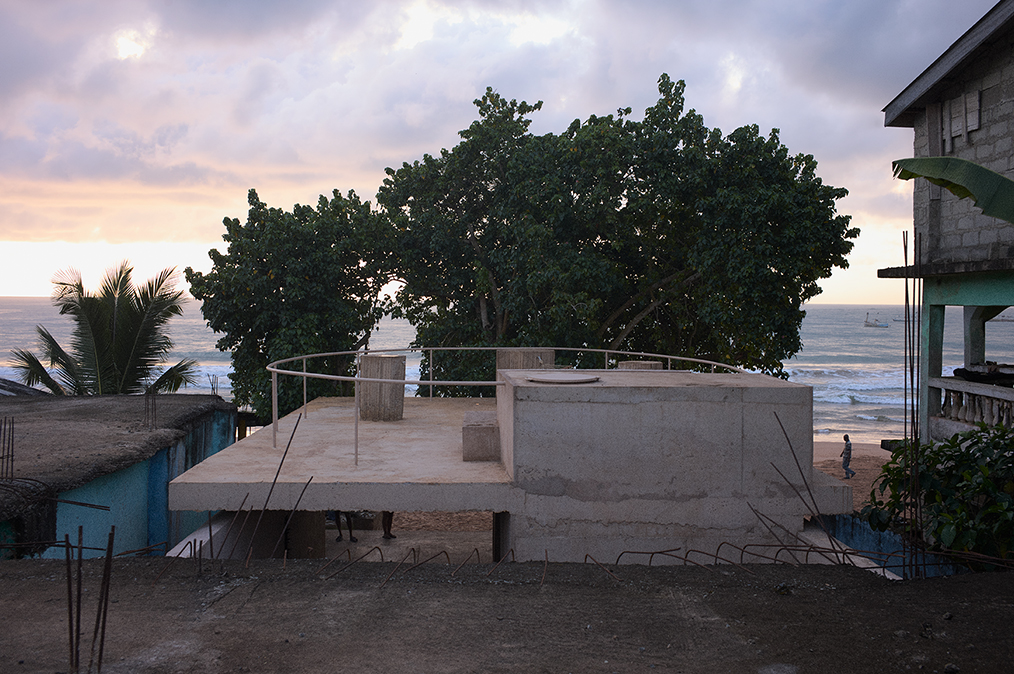 Surf Ghana collective’s refreshed home makes waves
Surf Ghana collective’s refreshed home makes wavesSurf Ghana collective in Busua has a newly redesigned HQ, a home for surfers and their community, courtesy of architects Glenn DeRoché and Juergen Strohmayer
-
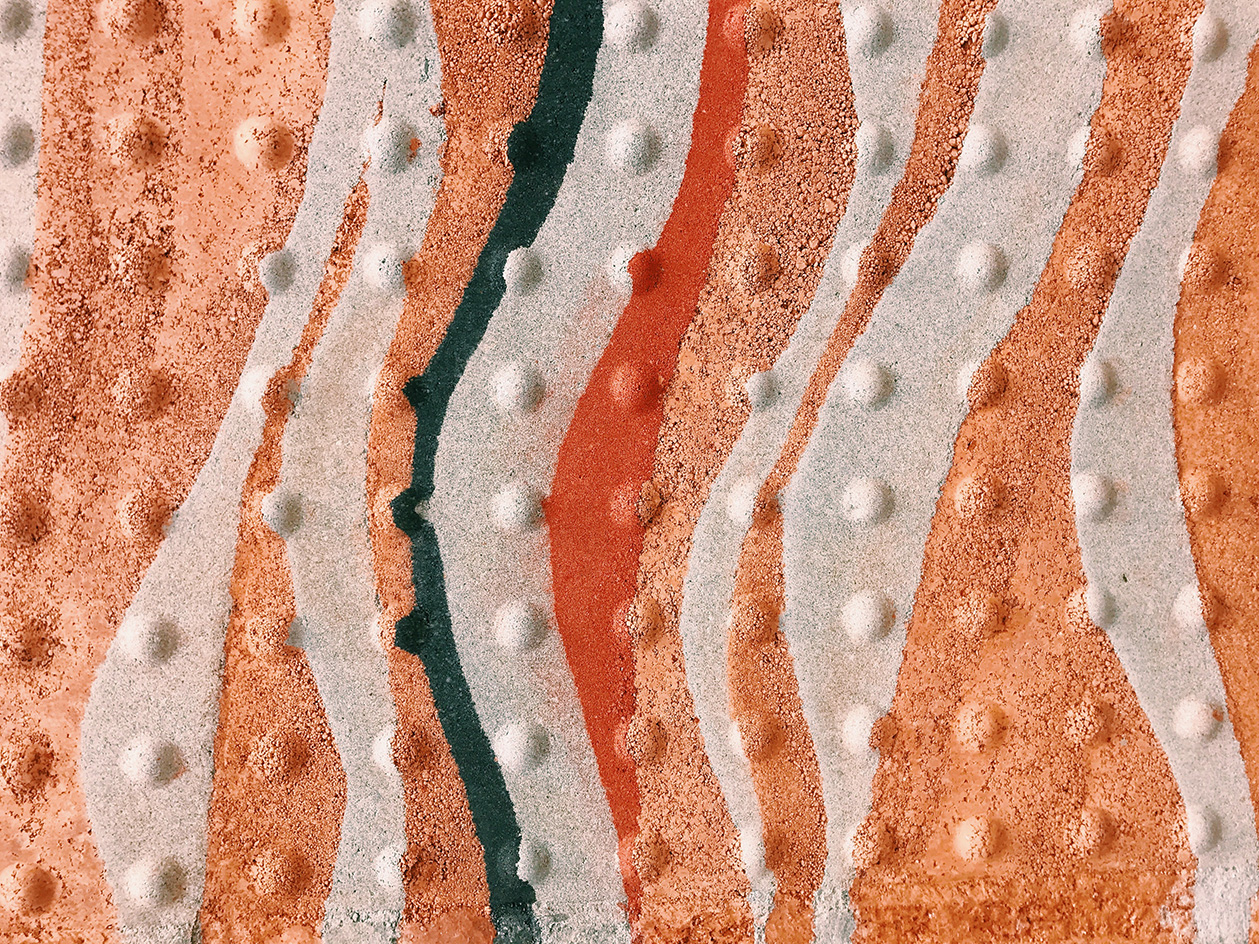 Hive Earth leads the charge in contemporary building with earth
Hive Earth leads the charge in contemporary building with earthHive Earth from Ghana is part of our series of profiles of architects, spatial designers and builders shaping West Africa's architectural future